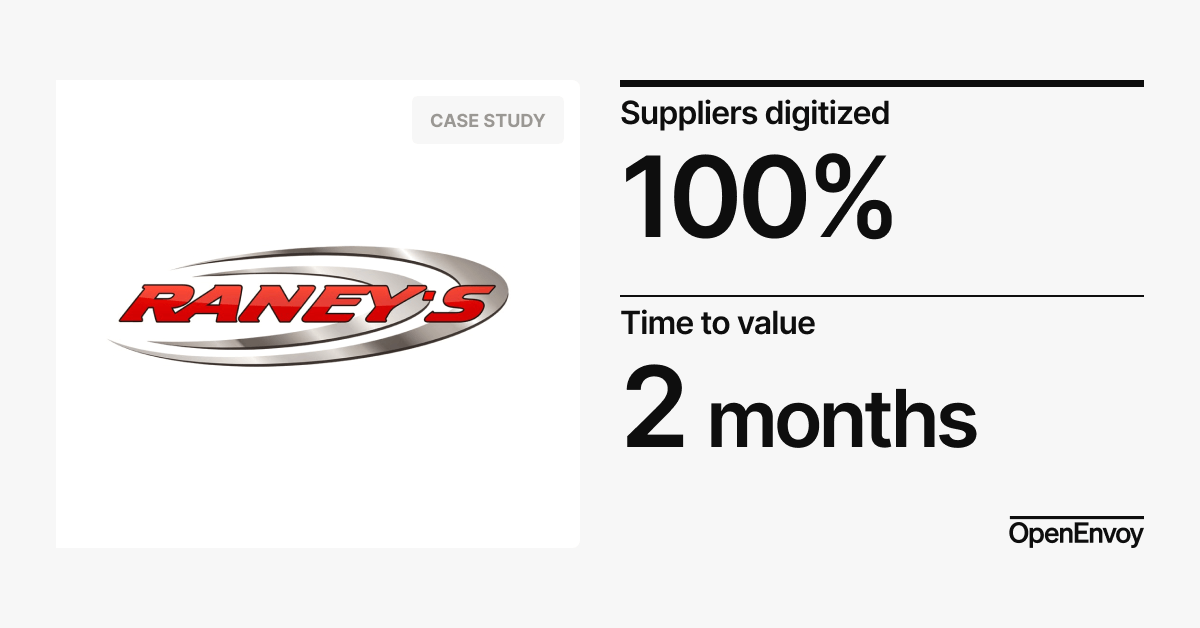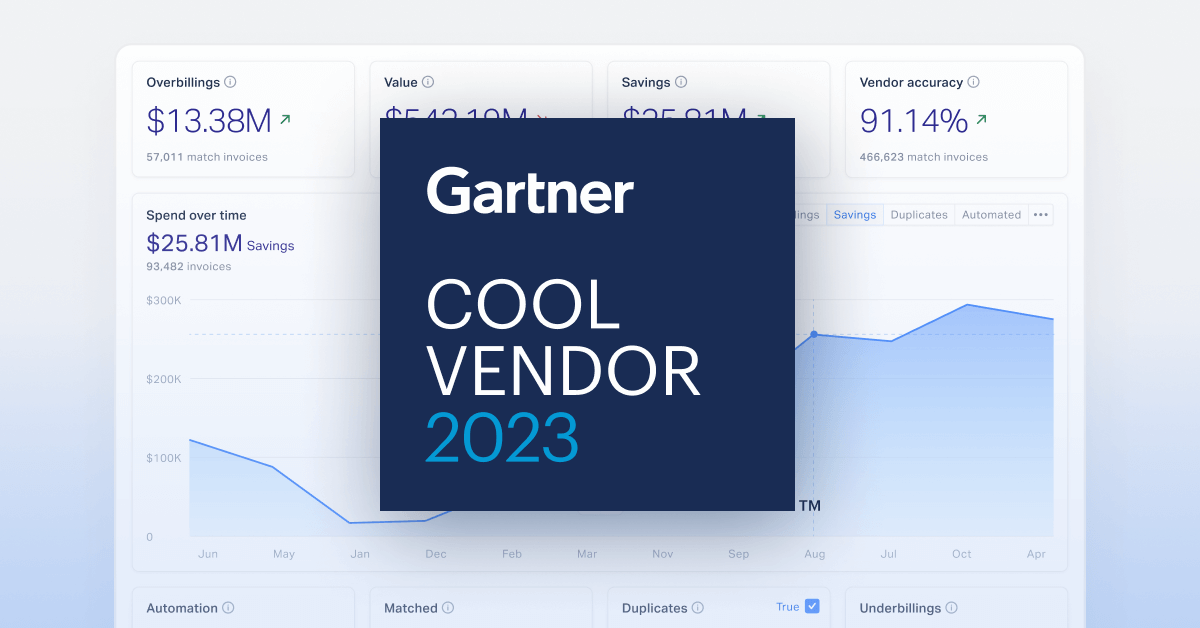For this month’s CFO report, we connected with Michael Schmit, CAO and Corporate Controller at Schweitzer-Mauduit International Inc. (SWM). SWM is a multinational, publicly traded, leading global vendor of engineered solutions and advanced materials, headquartered in Alpharetta, Georgia. Our discussion with Michael explored executive leadership, digital finance tools, driving accounting performance, and supporting large scale M&A transactions.
Leading a Global Accounting Team
Having the largest team within SWM’s finance function, Michael emphasizes the importance of partnering with other leaders across the organization, particularly in his business partnership with SWM’s CFO. The two work closely together to execute corporate strategy and prioritize growth. With an accounting operation driven by over 100 financial professionals globally and managing 1.5B in annual revenue, implementing best practices and centralizing processes is imperative.
Collaboration between the CFO and CAO is critical to ensure alignment of objectives and avoid possible communication breakdowns. “We work very closely; we meet at least weekly to discuss current projects and priorities. We also have a monthly meeting with the entire finance team together, as well as a yearly budgeting process where we talk through planned projects. If I have a list of IT projects that I want to have a company to invest in, I will first get the CFO’s feedback to ensure the initiative aligns with his vision”, Michael says.
C-suite Collaboration for Digital Advancement
CEOs are asking the finance function to take on considerably more strategic responsibilities, which is why modern CFOs are looking to accelerate their digital capabilities. With the right tools and software, finance teams can make informed decisions and drive better, more agile performance. While these initiatives are concentrated on optimizing the finance function, there is another C-suite leader who is integral in ensuring the success of digital advancement, the chief information officer (CIO).
“There also has to be a partnership established with the IT group. The IT team and the finance team need to partner together to secure investment for new projects. For example, if I want funds for a new system to help with accounts payable efficiency, the first question our CFO would ask is, have you worked with the IT team on developing this request? This is one of the reasons why I have regular collaboration sessions and meetings with the Global Director of IT and the CIO.”
Supporting Global Expansion Through Accounting
When Michael joined SWM he was tasked with supporting the company’s global expansion, growth, and acquisition strategy. In the last three years SWM has increased its size by more than 50% mainly through acquisition. This means supporting an increasingly growing finance team and upleveling their internal tools to contribute to high-value finance work.
Since much of SWM’s growth has been through acquisitions, their global finance teams operate from different ERP systems. “To streamline this, we’ve done a couple things: we implemented an AP automation software system to automate and improve our processes and built shared service centers of excellence for accounts payable by global region. For example, we have centers in China, UK, Poland, Alpharetta, Delaware, and Minneapolis. Additionally, we automated most of our balance sheet account reconciliations and monthly task management.” Accounting teams are moving faster than ever before. When operating through multiple ERP systems, having access to a centralized location for real-time information is critical for efficient operations.
As they acquire new companies, Michael emphasizes the importance of analyzing the systems that the new accounting teams are working on before making changes. Through an incremental approach to deploying new finance technology and strong controls, the SWM finance team can ensure better long-term outcomes. “For instance, in accounts payable, you want to make sure that you have the right level of review and sign off before approvals. Most companies have a delegation of authority, and AP automation software allows you to build that automated workflow process to ensure proper approval controls are implemented.”
Automation Supports Accountants While Accountants Drive Strategy
While the low-level, high-volume repetitive tasks within the accounting department are critical for business continuity, the demanding nature of these tasks can also lead to lower employee engagement and job satisfaction. Automating mundane tasks within the accounting department ensures accuracy and efficiency, but also allows CAO to reallocate their teams’ time to more engaging, fulfilling work.
“You can leverage technology to eliminate repetitive manual tasks by leveraging automation technology in accounts payable and account reconciliations. For example, we have completed some projects for month-end and year-end close efficiency. Some of our controllers were working late hours to pull and manipulate data from multiple systems. It was very time-consuming so we began leveraging robotic process automation, or bots, which can automatically pull this data together from multiple sources and manipulate it, as needed, so the team doesn’t have to waste their time doing that and they can finish their work in less time. It’s a win-win, because it gives the employees more time to focus on higher-value activities, such as analytics used to drive better business decisions, and they’re more fulfilled and happier.”
Collaboration between the CFO and CAO is critical. With the right balance of leadership direction and communication, the two executives and their finance teams can drive process efficiency and goal achievement.






